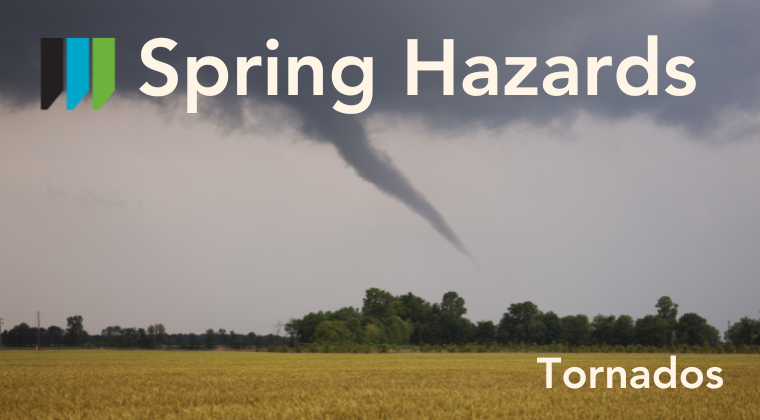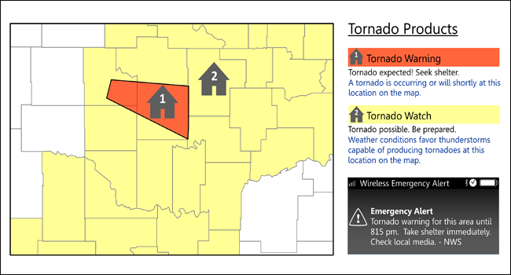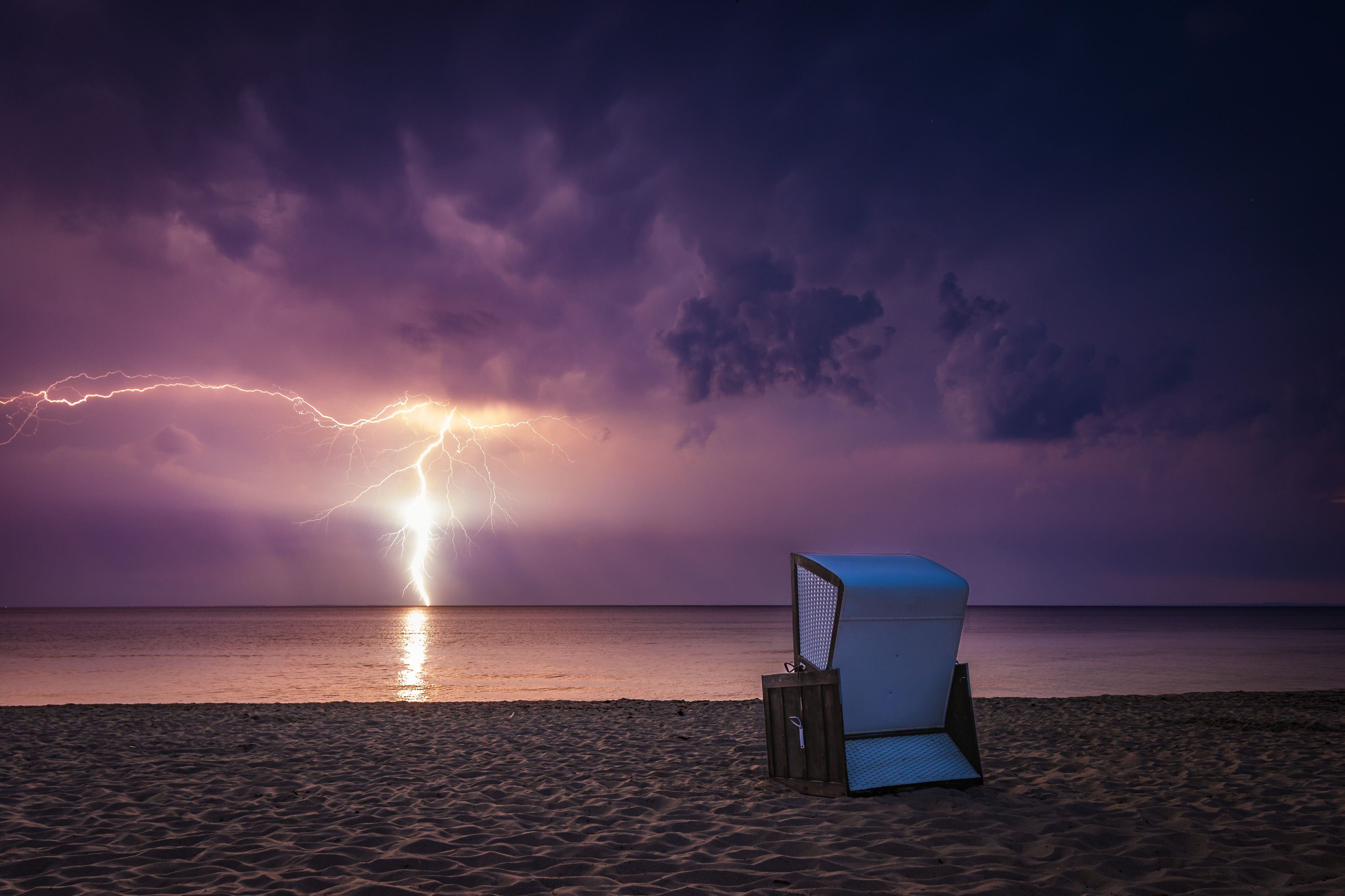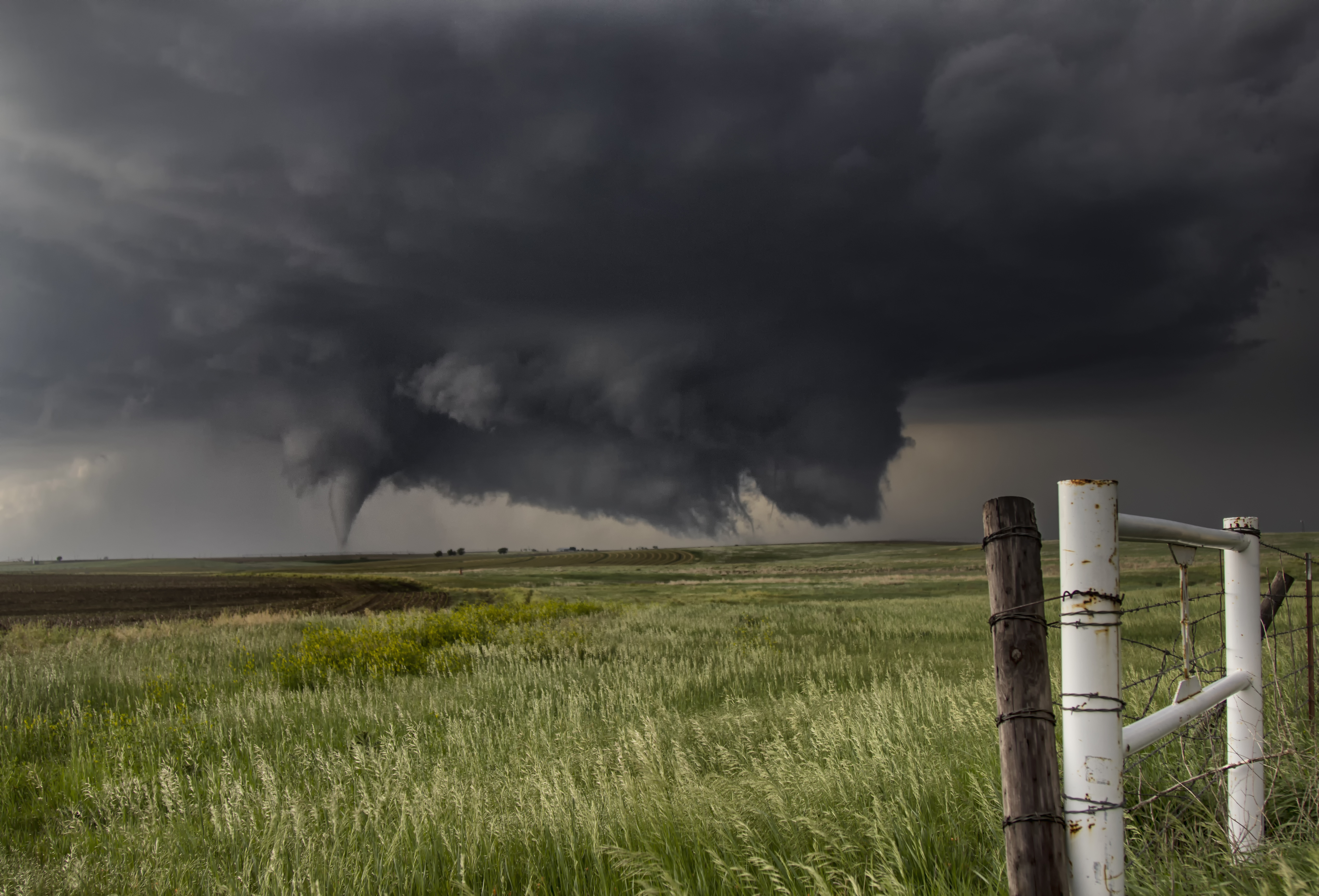Spring Hazards - Tornados

NOAA’s National Weather Service (NWS) is committed to protecting human life and property, and spring hazards can put both at risk. That’s why NWS releases its spring safety campaign each year on March 1, the start of meteorological spring.
![]() The second main concern in the spring are tornados. A tornado is a violently rotating column of air extending from the base of a thunderstorm down to the ground. Tornadoes are capable of completely destroying well-made structures, uprooting trees, and hurling objects through the air like deadly missiles. Tornadoes can occur at any time of day or night and at any time of the year. Although tornadoes are most common in the Central Plains and the southeastern United States, they have been reported in all 50 states.
The second main concern in the spring are tornados. A tornado is a violently rotating column of air extending from the base of a thunderstorm down to the ground. Tornadoes are capable of completely destroying well-made structures, uprooting trees, and hurling objects through the air like deadly missiles. Tornadoes can occur at any time of day or night and at any time of the year. Although tornadoes are most common in the Central Plains and the southeastern United States, they have been reported in all 50 states.
The following was designed by the National Weather Service to teach you how to stay safe when a tornado threatens. If you know what to do before, during and after a tornado, you will minimize your risk of injury and increase your chances of survival. You'll also find links to research, past events, other topics of interest as well as downloadable safety handouts about thunderstorms, lightning, and tornadoes.
What is the difference between a Tornado Watch and a Tornado Warning issued by the National Weather Service?
-
Tornado Watch: Be Prepared! Tornadoes are possible in and near the watch area. Review and discuss your emergency plans and check supplies and your safe room. Be ready to act quickly if a warning is issued or you suspect a tornado is approaching. Acting early helps to save lives! Watches are issued by the Storm Prediction Center for counties where tornadoes may occur. The watch area is typically large, covering numerous counties or even states.
-
Tornado Warning: Take Action! A tornado has been sighted or indicated by weather radar. There is imminent danger to life and property. Move to an interior room on the lowest floor of a sturdy building. Avoid windows. If in a mobile home, a vehicle, or outdoors, move to the closest substantial shelter and protect yourself from flying debris. Warnings are issued by your local forecast office. Warnings typically encompass a much smaller area (around the size of a city or small county) that may be impacted by a tornado identified by a forecaster on radar or by a trained spotter/law enforcement who is watching the storm.
The links below are provided by NWS to help you find out what you can do now to prepare for a tornado. Preparation is key to staying safe and minimizing impacts.
- Be Weather-Ready: Be aware of dramatic changes in weather in the forecast, which can include large amounts of rain or high winds with anticipated directional shifts, to see if you're at risk for tornadoes. Listen to local news or a NOAA Weather Radio to stay informed about tornado watches and warnings. Check the Weather-Ready Nation for tips.
- Sign Up for Notifications: Be familiar with how local government and media send out watches and warnings. Some communities may have outdoor sirens, while others depend on media and smart phones to alert residents of severe storms capable of producing tornadoes.
- Create a Communications Plan: Discuss with family members a plan that includes an emergency meeting place and related information. If you live in a mobile home or home without a basement, identify a nearby safe building you can get too quickly, such as a church or family member.
- Pick a safe room in your home, such as a basement, storm cellar, or an interior room on the lowest floor with no windows. Check more ideas for your family plan at: https://www.ready.gov/make-a-plan
- Practice Your Plan: Conduct a family severe thunderstorm drill regularly so everyone knows what to do if a tornado is approaching. Make sure all members of your family know to go there when tornado warnings are issued. Don't forget pets if time allows.
- Prepare Your Home: Consider having your safe room reinforced. You can find plans for reinforcing an interior room to provide better protection on the Federal Emergency Management Agency website.
- Help Your Neighbor: Encourage your loved ones to prepare for the possibility of tornadoes. Take CPR training so you can help if someone is hurt.
For more info check out the NWS Spring Safety Campaign.
If you have questions about your personal safety or insuring your risks with boating, beaching, etc. please reach out to us insurance@wellsins.com or visit our website www.wellsins.com/marine


